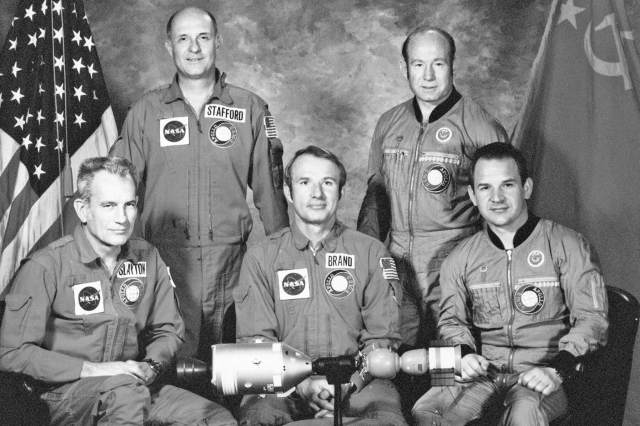Genghis Khan's strangest accomplishment
Tuesday, May 7, 2024
 |
Genghis Khan established a postal system. |
Famous Figures |
 |
| |
| To be sure, the Mongols were brutal — Genghis Khan particularly so. But he was also pragmatic, with the Yam being just one example of the stability brought about by his reign. His subjects were free to practice their own religion and largely left alone after the Mongols had subjugated the city and moved on. (However, the Mongols were still known to massacre people even if they provided little or no resistance.) It's believed that at least some of the khan's mixed reputation is attributable to the fact that most historical accounts of the Mongols were not written from the Mongol perspective (with one notable exception). Whether he's a hero or a villain depends on who you ask, but there's no denying his historical significance. | |
 |  |
 | |||
| |||
You Wouldn't Like This Hearing Aid… | |||
| Thank you for supporting our sponsors! They help us keep History Facts free. |
 | ||||||||||||||
By the Numbers | ||||||||||||||
| ||||||||||||||
| ||||||||||||||
 | ||||||||||||||
| ||||||||||||||
No one knows what Genghis Khan looked like. | ||||||||||||||
| Much about Genghis Khan's life remains unknown, including exactly how it ended and where he's buried. Even more strange, perhaps, is the fact that no one knows what he looked like. He died six centuries before the invention of photography and led an empire that wasn't exactly known for its portraiture, meaning that most accounts of Genghis' appearance are unreliable and/or contradictory. Juzjanī, a North Indian official, wrote in the 1250s that Genghis was "a man of tall stature, of vigorous build, robust in body, the hair on his face scanty and turned white, with cats' eyes, possessed of great energy, discernment, genius, and understanding, awe-striking, a butcher, just, resolute, an overthrower of enemies, intrepid, sanguinary, and cruel." Though most agree he had long, flowing hair and a beard, 14th-century Persian historian Rashīd al-Dīn claimed that the khan had red hair and green eyes. | ||||||||||||||
 | |||
Recommended Reading | |||
 | |||
| | |||
 | |||
| | |||
| + Load more | |||
| |||||||||
| Contact us | |||||||||
| Privacy Policy | |||||||||
| Terms of Use | |||||||||
| Do Not Sell My Info | |||||||||
| 700 N Colorado Blvd, #513, Denver, CO 80206 | |||||||||
posted by June Lesley at 4:01 AM
![]()
![]()






0 Comments:
Post a Comment
<< Home